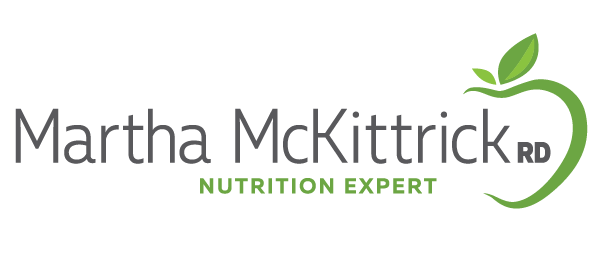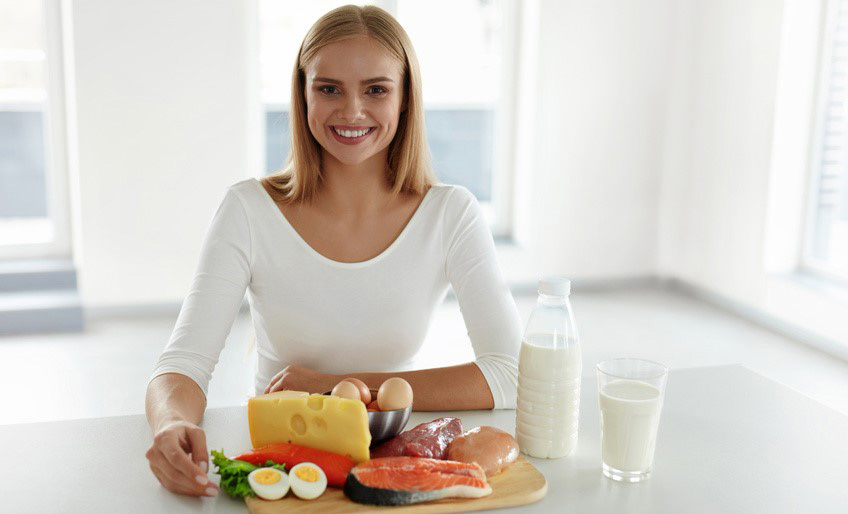Time Your Protein to Maximize Results
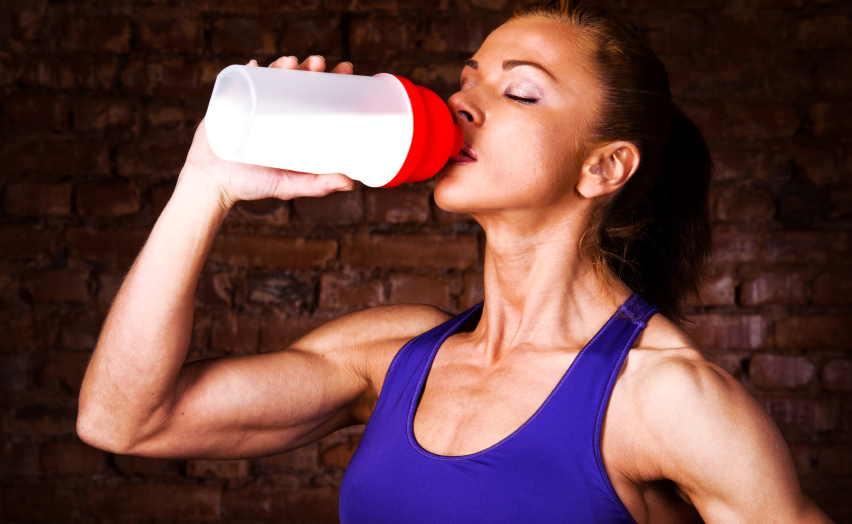
Protein isn’t just for body builders! Protein has many functions in our bodies but one of the most important roles has to do with building and preserving muscles. Having adequate muscle mass
is important in every aspect of life … from walking up a flight of stairs to being able to do pushups! So the question is – do you think you eat enough protein? Probably yes. But I bet you don’t eat it at the right times! Most people tend to eat the majority of their protein in one sitting (dinner) and not enough during the day. Newer research is showing that WHEN you eat protein out is just as important as how much of it you eat. Your body can only handle so much at a time and if you go too long without eating adequate amounts, your body starts to break down your muscles. So whether your goals are to build muscle, look toned, slow down the muscle loss that occurs with aging or decrease your chances of losing muscle when you diet, you’ll need to pay attention to the amount and timing of protein. I like to say “time your protein to maximize results!”
Protein recommendations
For years, nutritionists and health experts have been using the RDA (recommended daily allowances set by the government) for protein guidelines. The RDA’s are intended to be guidelines to prevent deficiencies. For example, a moderately active woman who weighs 140 pounds would need about 50 grams of protein a day. However newer research has suggested that our protein needs may be higher than previously thought, especially when it comes to treatment and prevention of disease including obesity, osteoporosis, type 2 diabetes, metabolic syndrome, heart disease, and sarcopenia (muscle loss that occurs with aging). So not only is it important to eat adequate amounts of protein, it’s important to eat it at the right times as well. Read on …
Protein timing
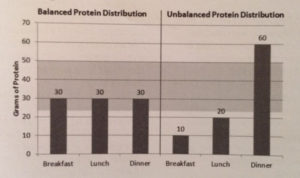
If you eat minimal protein during the day but have a 7 oz piece of chicken at night (50 grams of protein), think you’re all set? Maybe not! Recent research is suggesting that eating smaller amounts of protein throughout the day is more beneficial when it comes to our muscles vs. eating a large portion at one sitting. Bodybuilders knew this a long time ago! Think about the typical American diet that is bottom heavy in protein:
Breakfast: cereal + 4 oz milk ( 10 gm)
Lunch: salad for lunch (“mix-in” with chicken and veggies ~ 20 gm)
Snacks: fruit (0 gm protein)
Dinner: restaurant meal with 8 oz fish, salad, vegetables and brown rice (50 gm+ protein)
Why it’s important to time your protein to maximize results
*note – in addition to timing your protein intake, it’s also important to weight train to build/preserve muscle loss. Here are some of the benefits of timing your protein intake:
– Prevent/slow loss of muscles that occur aging
Ever notice how your body doesn’t look quite the same as it did when you are 20 or 30 years old? While some of these changes are inevitable, you don’t have to get flabby sagging muscles. (check out this video of a 75 year old female body builder for proof!) So whether you are motivated by vanity or want to be able to function better as you age, one of your goals should be to eat adequate protein. It’s been shown that eating ~ 30 grams of protein per meal is the best way to preserve muscle mass. I find that most seniors don’t eat enough protein during the day. As we age, our appetite tends to lessen. Or we may live alone and not find it that appealing to have real meals during the day. Reference Pic is of Ernestine Shepard, 75 year old bodybuilder. Check out her website – so impressive!
– Building muscle mass
In order to build muscle mass, you need to weight train, get enough rest, and consume adequate calories and protein. It also appears that when you eat your protein can have a major effect on your ability to build muscle mass. A new study, which has been published online in the Journal of Nutrition, contends that the potential for muscle growth is less than optimal when protein consumption is skewed toward the evening meal instead of being evenly distributed throughout the day, beginning at breakfast. When study volunteers consumed the evenly distributed protein meals, their 24-hour muscle protein synthesis was 25 percent greater than subjects who ate according to the skewed protein distribution pattern
– Slow weight loss that occurs with dieting
When you lose weight, especially large amounts of weight, you tend to lose water, fat and muscle. Losing muscle can eventually slow your metabolism (plus can make you look “flabby skinny”) Studies have shown that increasing your protein intake can slow this loss of muscle. In addition, it’s been shown that eating more protein during the day, specifically at breakfast and lunch, helps to “protect” your muscle during weight loss. Reference
– Repairing muscles after exercise
Consuming protein after exercise enhances repair of damaged muscles and stimulates synthesis of muscle protein. The optimal amount of protein after exercise appears to be approximately 20-30 grams. In addition, muscle protein recovery occurs over 24-48 hours, so repeated small doses (20 -25 gm) throughout the day are more effective than once large dose. Reference
Tips to time your protein
1. Add more protein to breakfast. Examples: eggs, egg whites, cottage cheese, tofu, yogurt (especially Greek), protein powder, nuts, seeds and nut butters
2. Plan an afternoon snack that includes some protein
3. Eat less protein at dinner. You don’t need much more than 4 ounces of meat/fish/chicken/tofu. Take some of the protein and eat it earlier in the day.
4. Experiment with protein smoothies – add fruit to Greek yogurt or protein powder
5. If your goal is to build muscle mass, pay special attention to what you eat before and after your weight training session. Ideally consume ~ 20 – 30 grams of protein before and after your workout.
6. Most studies are now suggesting ~ 30 grams of protein at each meal: breakfast, lunch and dinner.
Protein content of common foods
| FOOD | PORTION | CALORIES | PROTEIN gm |
| Animal protein | |||
| Most lean meats | 3 oz cooked | 145 – 165 | 24 |
| Turkey, chicken breast, skinless | 3 oz cooked | 115 – 140 | 25 |
| Fish | 3 oz cooked | 100 – 175 | 19 – 22 |
| Greek yogurt, plain, Fage 2% | 7 oz | 150 | 20 |
| Yogurt, low fat, fruit blend, Stonyfield | 5.3 oz | 170 | 8 |
| Egg, large whole | 1 | 78 | 6 |
| Egg, large, white | 1 | 17 | 3.6 |
| Milk, 1% | 8 oz | 105 | 8.5 |
| Cheese (most types including swiss, cheddar,etc.) | 1 oz | 105-114 | 7-8 |
| Cottage cheese, 1% | 1/2 cup | 82 | 13-16 |
| Vegetable protein | |||
| Tempeh | 4 oz, 1/2 cup | 160 | 15 |
| Tofu, extra firm | 4 oz, 1/2 cup | 105-115 | 10-12 |
| Edamame, in pod | 1 cup | 150 | 12 |
| Soy yogurt, vanilla, Stonyfield Farm | 6 oz | 150 | 7 |
| Textured vegetable protein (TVP), cooked | 1/4 cup dry | 80 | 12 |
| Seitan *wheat gluten, NOT soy | 4 oz, 1/2 cup | 160 | 26 |
| Lentils, beans | 1 cup | 230 – 280 | 18 |
| Veggie burger (varies & may/may not contain soy) | 1 burger | 90-150 | 4-13 |
| Soy milk, plain, Silk brand | 8 oz | 90 | 6 |
| Almond milk, Blue Diamond, original | 8 oz | 60 | 1 |
| Rice milk, Rice Dream Brand | 8 oz | 120 | 1 |
| Sunflower seeds | 1/4 cup | 201 | 8 |
| Peanut butter | 2 Tbsp | 208 | 8 |
| Almonds | 1 oz, 24 nuts | 164 | 6 |
| Brown rice, cooked | 1 cup | 212 | 4.5 |
| Quinoa, cooked | 1 cup | 222 | 8 |
| Cereal, high protein (i.e. Kashi Go Lean, Special K High Protein) | 1 cup | ~ 150 | 13 |
| Oatmeal, steel cut | 1/4 cup dry | 170 | 7 |
| Protein powders | |||
| Pea protein | 1 scoop | 105 | 25 |
| Whey protein, original, Designer Whey brand | 1 scoop | 100 | 18 |
| Hemp protein | 1 scoop (4 Tbsp) | 100 | 12 |
Stay tuned for an upcoming blog post on meal/snack ideas to increase your protein intake
Additional references:
Timing and distribution of protein ingestion …
Sports, Cardiovascular and Wellness Nutrition (practice group of the Academy of Nutrition and Dietetic) Pulse newsletter Summer, 2012 Vol. 31, No. 3
Sports, Cardiovascular and Wellness Nutrition (practice groups of the Academy of Nutrition and Dietetic) Pulse newsletter Spring 2011 Vol. 30, No.2
RELATED POSTS
MEET MARTHA
I especially love problem-solving, whether it’s helping women defeat issues plaguing them for years, helping a busy executive find practical ways to get heart healthy, or providing tips to help you reverse diabetes. That’s why I’m on a constant quest to expand my knowledge by staying on top of the latest research.
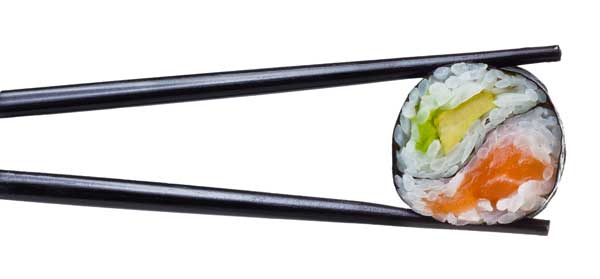
20 Ways To Eat Out 550 Calories or Less!
No time to cook? We’ve got you covered. Here are 20 healthy meals from a variety of cuisines that won’t pack on the pounds. Most of them also have less than 30 grams of carbs.
Subscribe to my newsletter and get this free download.
